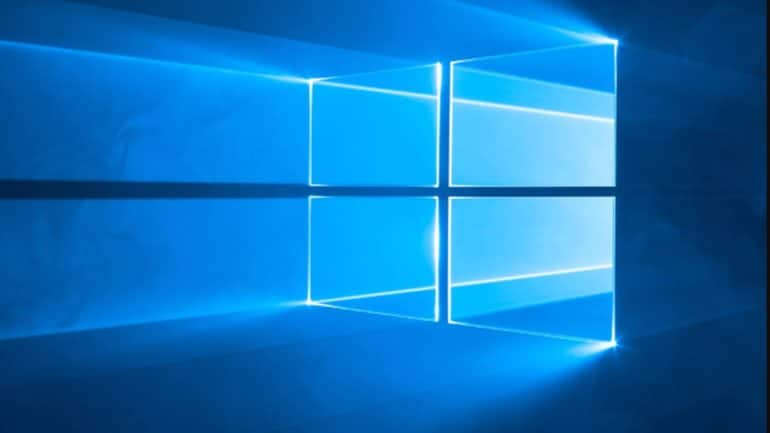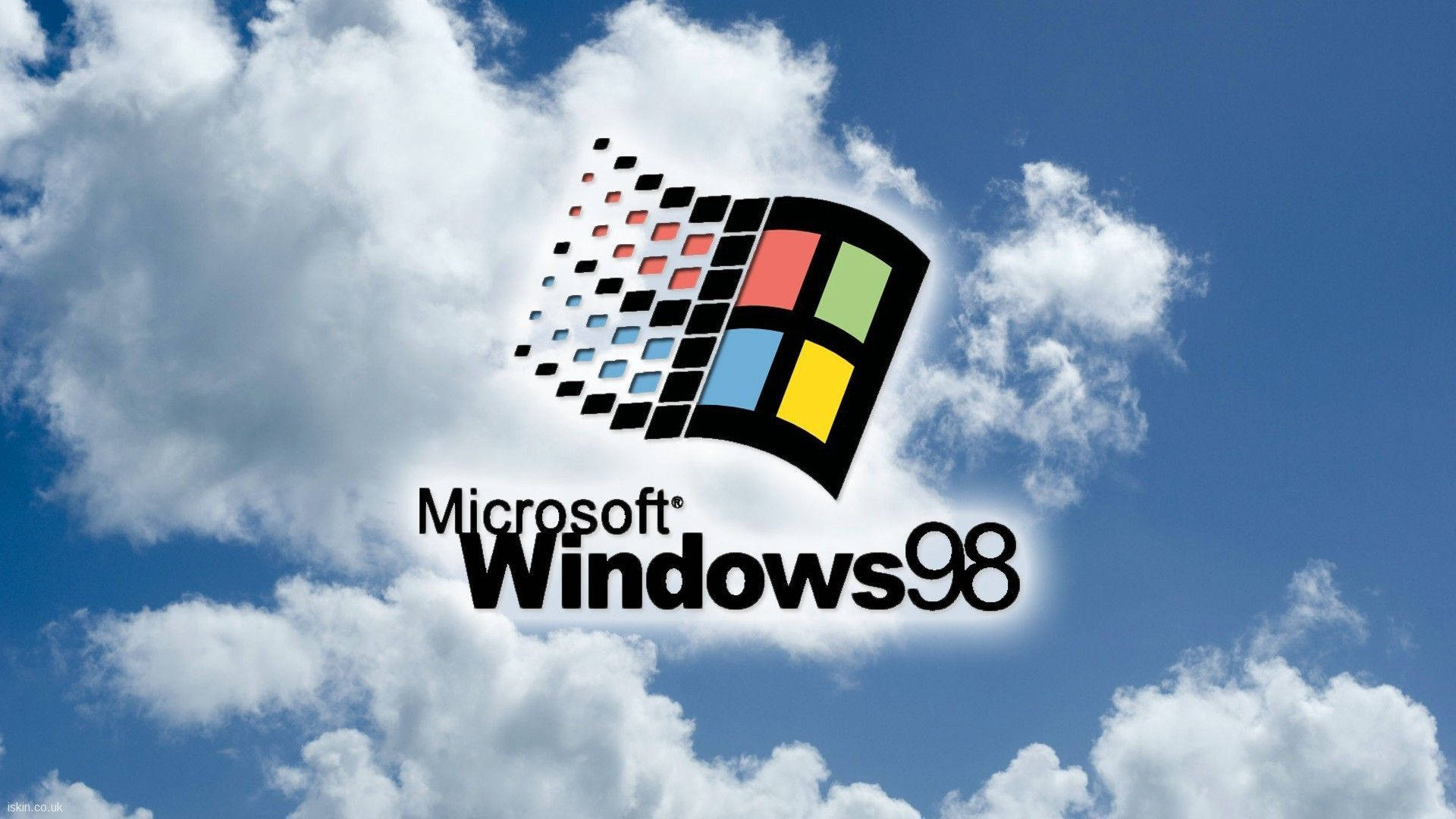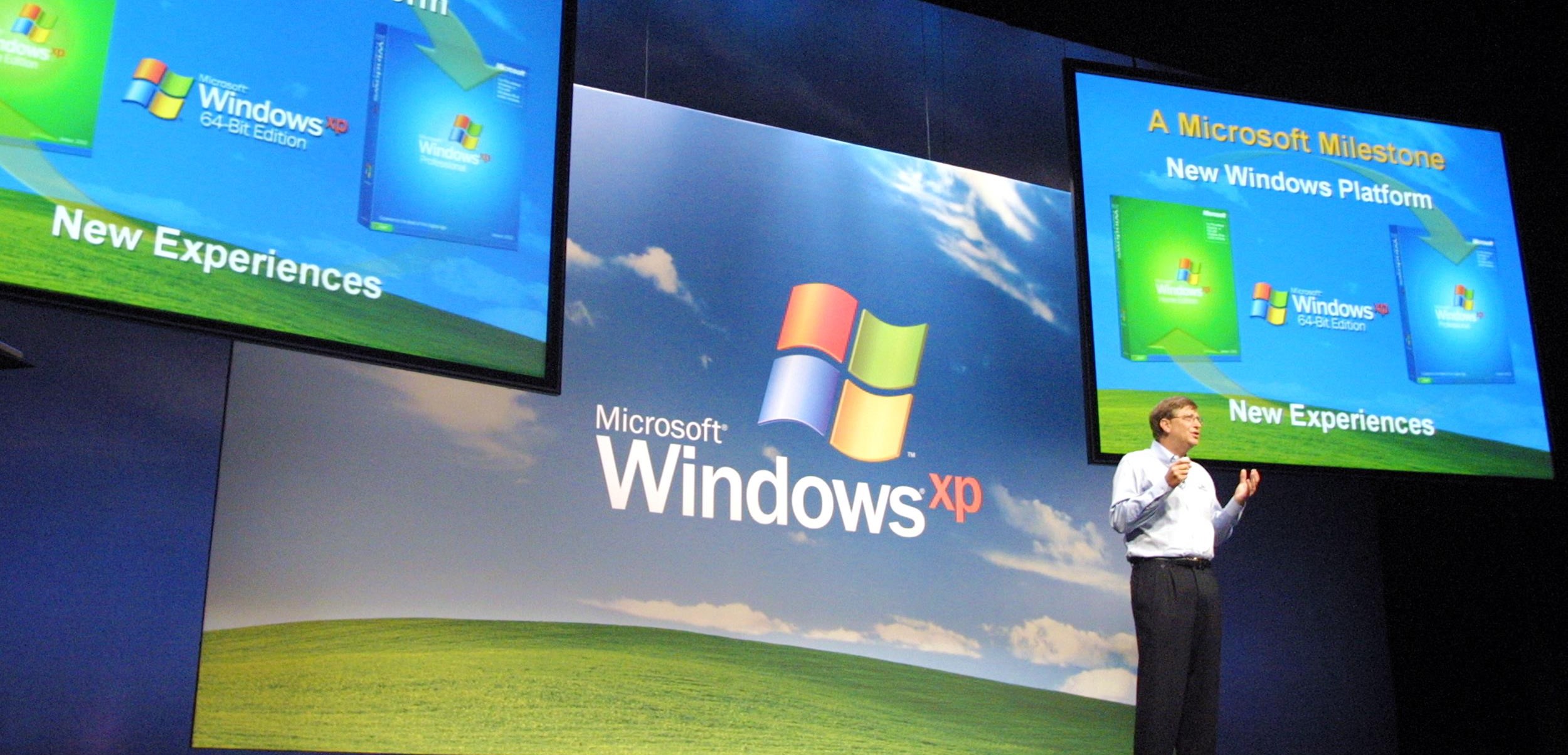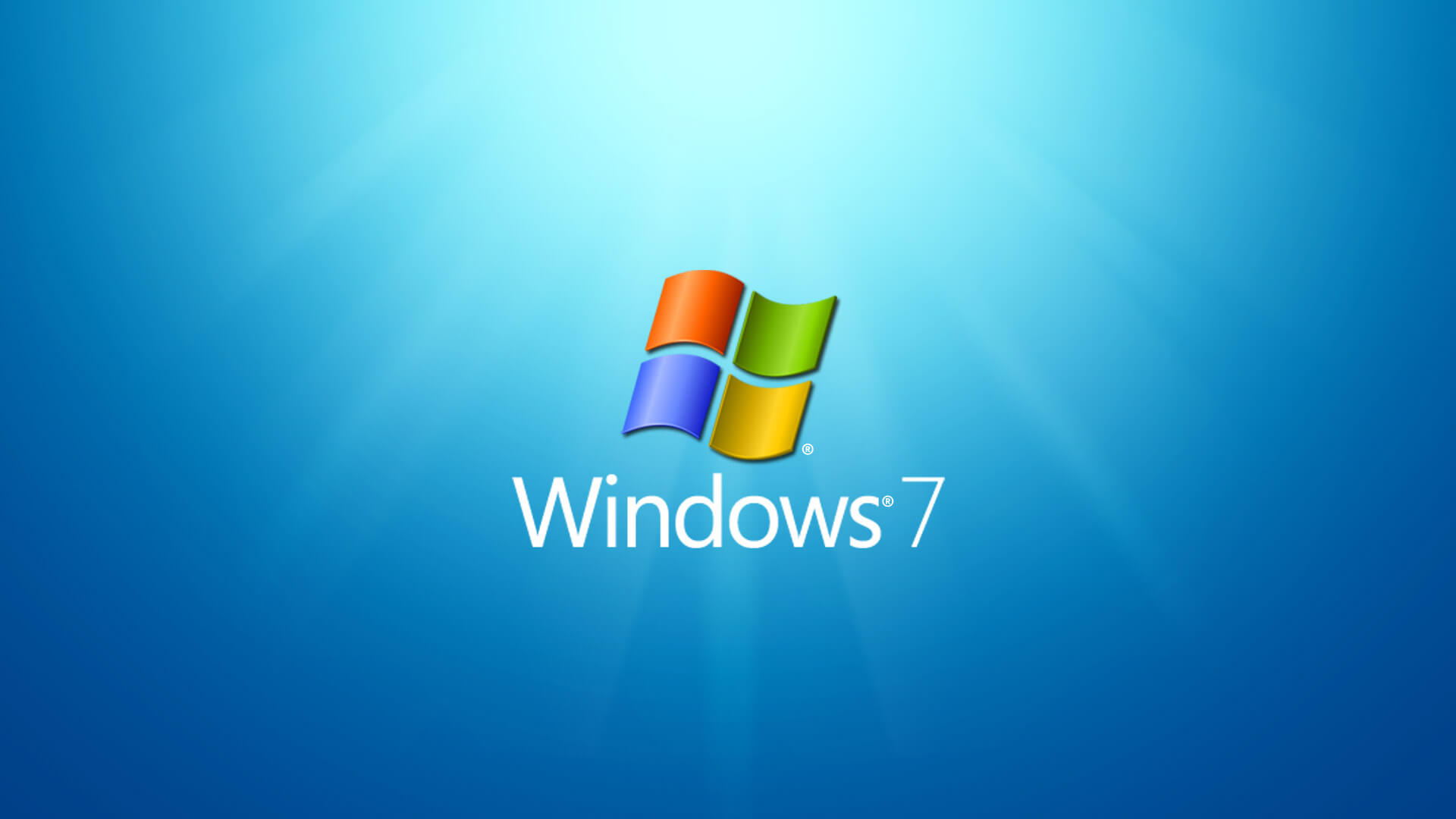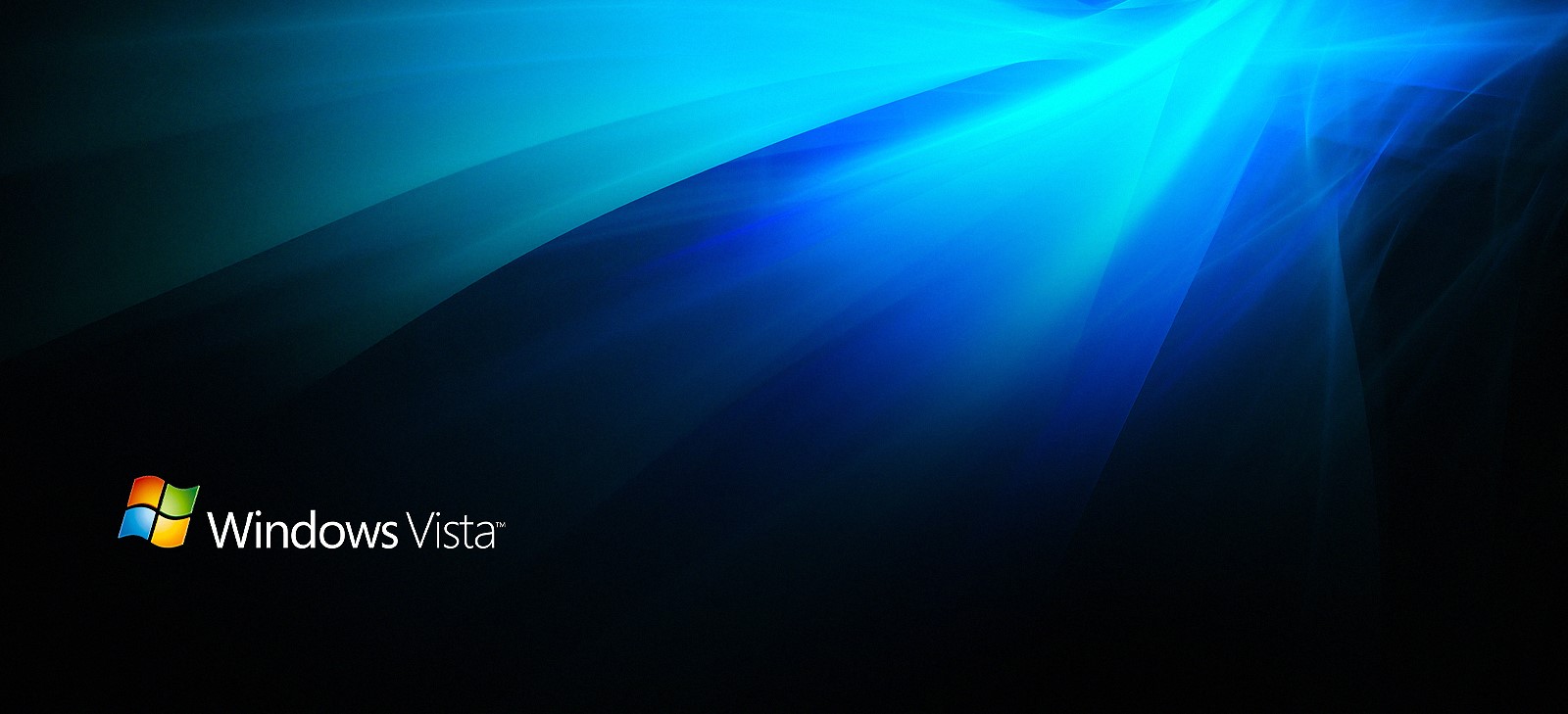From the moment Microsoft introduced the world to Windows, it became an integral part of our digital lives, shaping how we interact with computers. Over the years, this iconic operating system has undergone significant transformations, with each new version bringing a unique blend of excitement and controversy. In this blog, we embark on a captivating journey to explore the top 5 most polarizing and iconic versions of Windows OS.
From the nostalgic Windows 95 to the revolutionary Windows 11, these iterations have left a lasting impact on technology and have sparked both admiration and critique among users worldwide. So, join us as we delve into the fascinating evolution of Windows OS, where we’ll witness its evolution, controversies, and ultimately, its enduring legacy in the world of computing.
So, without further ado, let’s talk about the top 5 most polarising and iconic versions of Windows OS –
Number 1. Windows 98
Windows 98 was a consumer-oriented operating system developed by Microsoft as part of its Windows 9x family of Microsoft Windows operating systems. It was released to manufacturing on May 15, 1998, and generally to retail on June 25, 1998. Like its predecessor, Windows 95, it is a hybrid 16-bit and 32-bit monolithic product with the boot stage based on MS-DOS.
Windows 98 was seen by many as a small upgrade to Windows 95, rather than a rebuilt version of Windows. The biggest changes were:
- Internet Explorer (a web browser) was made part of the GUI (what the user sees) and the file manager. This had already happened in the last versions of Windows 95 that were released. This is called ‘web integration’.
- Larger disk partitions (separations) were allowed.
- Support for USB devices was added.
- Improved support for multimedia devices, such as DVD players and digital cameras.
- The Windows Driver Model was introduced, which made it easier for developers to create drivers for new hardware.
Windows 98 was a commercial success, selling over 40 million copies in its first year. However, it was also criticized for its stability and security. Microsoft released a second edition of Windows 98 in 1999, which addressed some of these issues.
Support for Windows 98 ended on July 11, 2006. However, it is still possible to run Windows 98 on modern computers using virtualization software.
Number 2. Windows XP
Windows XP was a personal computer operating system produced by Microsoft. It was released to manufacturing on August 24, 2001, and was generally available for retail sale on October 25, 2001. Windows XP was the successor to Windows 2000 and Windows Me, and was the first in the Windows NT family of operating systems designed for the home market.
Windows XP was a major revision of Windows, and introduced a number of new features and changes. These included:
- A new user interface that was designed to be more user-friendly and accessible.
- Improved performance and stability.
- Support for new hardware, such as USB devices and DVD drives.
- New security features, such as the Windows Firewall and the User Account Control (UAC) system.
Windows XP was a commercial success, selling over 400 million copies worldwide. It was also critically acclaimed, and was awarded numerous awards, including PC Magazine’s Editor’s Choice Award and PC World’s Editor’s Choice Award.
Support for Windows XP ended on April 8, 2014. However, it is still possible to run Windows XP on modern computers using virtualization software.
Number 3. Windows 7
Windows 7 is a personal computer operating system produced by Microsoft. It was released to manufacturing on October 22, 2009, and was generally available for retail sale on October 22, 2009. Windows 7 is the successor to Windows Vista, and was the last version of Windows to use the “Classic” user interface.
Windows 7 was designed to be a more user-friendly and efficient operating system than Windows Vista. It introduced a number of new features and changes, including:
- A new user interface that was designed to be more intuitive and easier to use.
- Improved performance and stability.
- Support for new hardware, such as multi-core processors and solid-state drives.
- New security features, such as Windows Defender and the Windows Firewall.
Windows 7 was a commercial success, selling over 90 million copies in its first year. It was also critically acclaimed, and was awarded numerous awards, including PC Magazine’s Editor’s Choice Award and PC World’s Editor’s Choice Award.
Support for Windows 7 ended on January 14, 2020. However, it is still possible to run Windows 7 on modern computers using virtualization software.
Number 4. Windows Vista
Windows Vista was a personal computer operating system produced by Microsoft. It was released to manufacturing on November 8, 2006, and was generally available for retail sale on January 30, 2007. Windows Vista is the successor to Windows XP, and was the first version of Windows to use the “Aero” user interface.
Windows Vista was designed to be a more secure, reliable, and user-friendly operating system than Windows XP. It introduced a number of new features and changes, including:
- A new user interface that was designed to be more intuitive and easier to use.
- Improved performance and stability.
- Support for new hardware, such as multi-core processors and solid-state drives.
- New security features, such as Windows Defender and the Windows Firewall.
Windows Vista was not as well-received as Microsoft had hoped. It was criticized for its high system requirements, its slow performance on older computers, and its numerous bugs. As a result, Windows Vista’s market share never reached the levels of Windows XP.
Support for Windows Vista ended on April 11, 2017. However, it is still possible to run Windows Vista on modern computers using virtualization software.
Number 5. Windows 11
Windows 11 is the latest version of the Microsoft Windows operating system, succeeding Windows 10. It was announced on June 24, 2021, and was released to the general public on October 5, 2021.
Windows 11 is a significant update to Windows 10, with a new user interface, improved performance, and new features. Some of the key features of Windows 11 include:
- A new user interface with a centered Start menu and taskbar.
- Improved performance and security.
- Support for Android apps through the Amazon Appstore.
- New features for gaming, such as Auto HDR and DirectStorage.
- A new Microsoft Store with a more modern design.
Windows 11 is a free upgrade for eligible devices running Windows 10. However, it is not compatible with all devices, so users should check their compatibility before upgrading.
